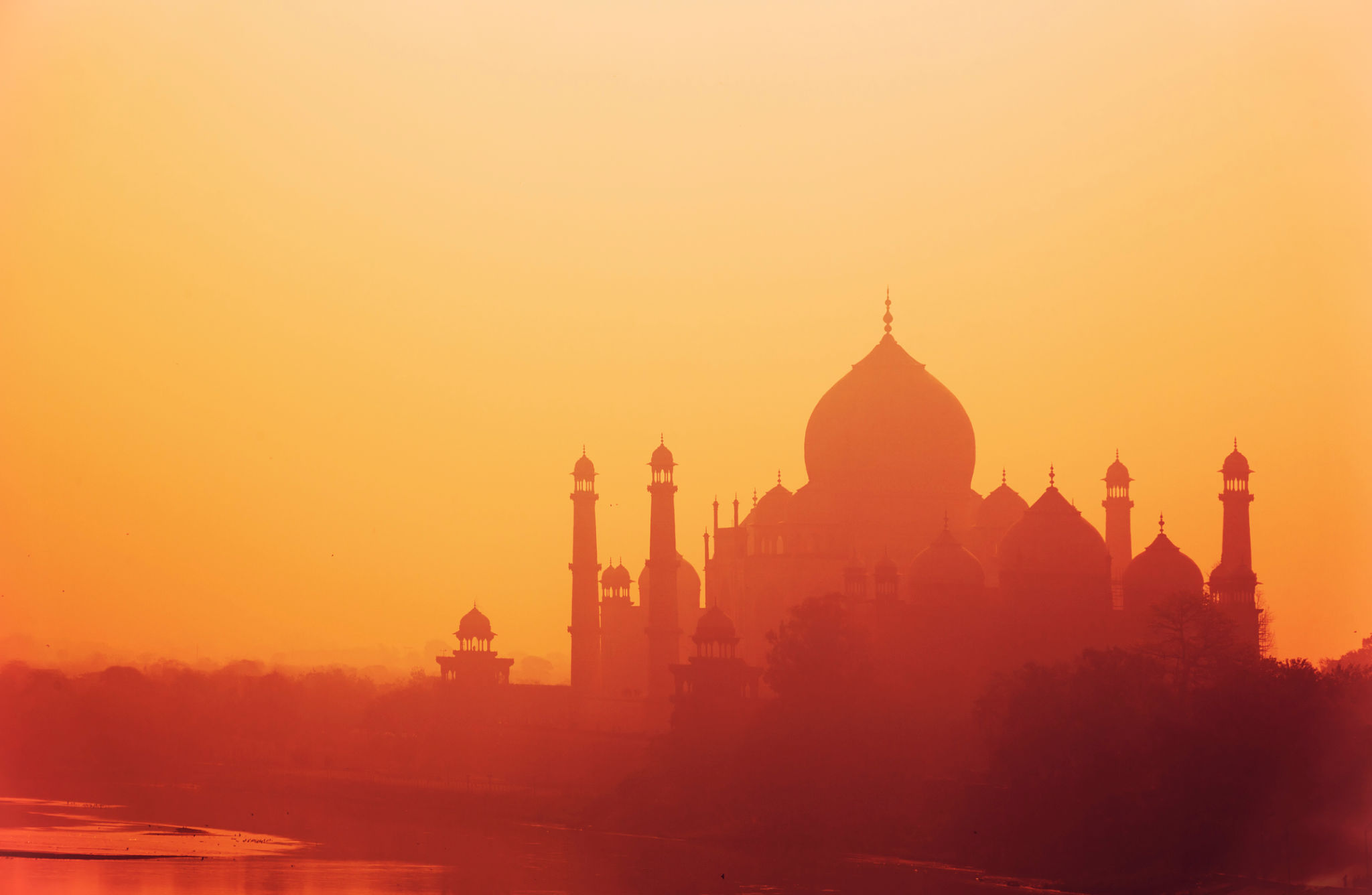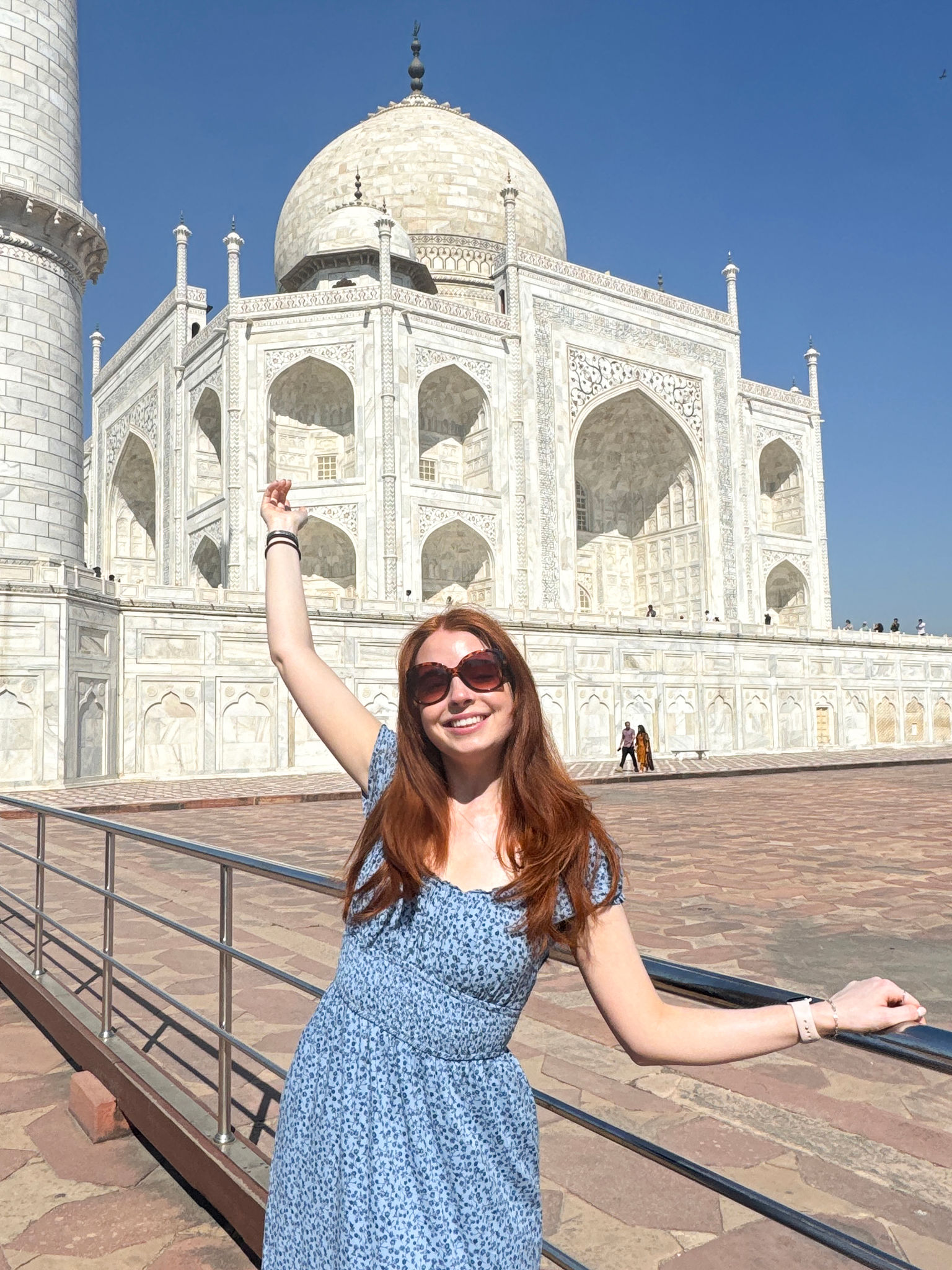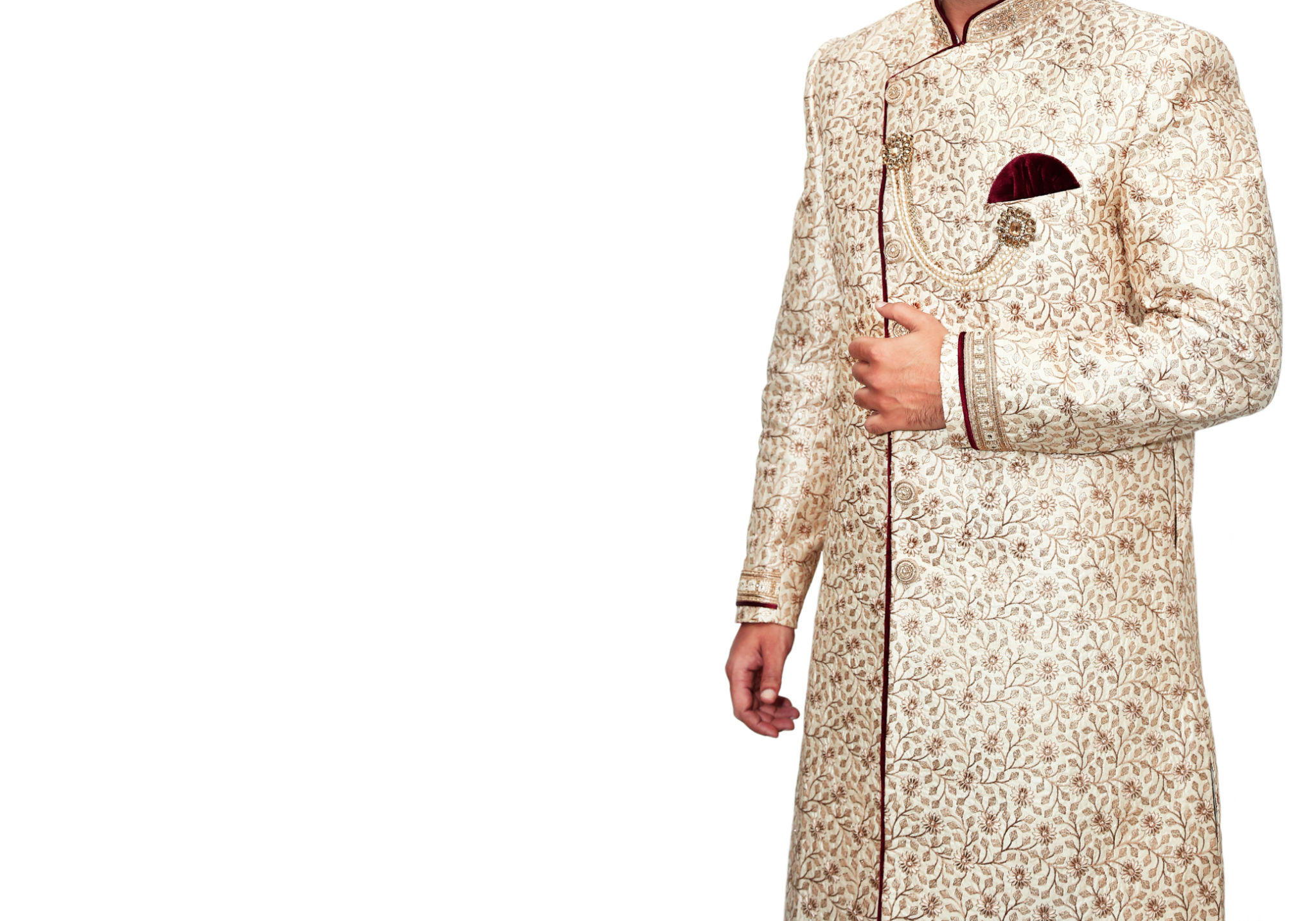The Evolution of Traditional Indian Clothing for Men
The Historical Roots of Indian Men's Attire
The traditional clothing for Indian men has evolved significantly over the centuries, reflecting the diverse cultural tapestry of the region. Initially influenced by the climatic conditions and available resources, ancient Indian attire was simple yet functional. Cotton, a native crop, played a crucial role in the development of early garments.
During ancient times, men commonly wore garments like the dhoti, a versatile piece of unstitched cloth wrapped around the waist and legs. This attire was both practical and suitable for the hot climate. Additionally, the upper body was often covered with a piece of cloth draped over the shoulders.

Mughal Influence and the Introduction of New Styles
The Mughal era marked a significant transformation in Indian men's clothing. With their arrival, a fusion of Persian and Indian styles led to more intricate and ornate garments. The sherwani, a long coat-like garment, became popular during this time, often adorned with intricate embroidery and rich fabrics like silk and brocade.
The Mughal influence also introduced the churidar, a fitted trouser that accompanied the sherwani. This combination became a symbol of elegance and sophistication, setting a fashion trend that has endured through time.

The British Raj and Western Influences
With the establishment of British rule in India, western clothing began to make its mark on traditional Indian attire. The introduction of trousers, shirts, and suits started to blend with indigenous styles, giving rise to new hybrid fashions.
Despite western influences, many traditional garments retained their prominence. The kurta-pajama ensemble continued to be a staple for daily wear among Indian men, balancing comfort with cultural identity.
Post-Independence Revival of Traditional Wear
Following India's independence in 1947, there was a renewed interest in embracing traditional clothing as a symbol of national pride and identity. Many leaders and public figures championed indigenous attire, promoting garments like the kurta and dhoti as daily wear.
This period saw a resurgence in regional variations of traditional clothing, celebrating India's rich cultural diversity. The lungi in South India and the phiran in Kashmir are examples of region-specific garments that have remained popular.

Contemporary Trends and Global Influence
In recent years, Indian men's fashion has experienced a dynamic shift, blending traditional elements with contemporary styles. Designers are increasingly incorporating modern cuts and fabrics into classic garments like the sherwani and kurta.
The global fashion industry has also embraced Indian styles, with Bollywood celebrities often showcasing traditional attire on international platforms. This exposure has further popularized Indian men's clothing worldwide.
The Enduring Appeal of Traditional Attire
Traditional Indian clothing for men continues to captivate with its timeless appeal and cultural significance. Whether it's for festivals, weddings, or daily wear, these garments offer a unique blend of history and style.
Today, more than ever, there is an appreciation for handcrafted textiles and sustainable fashion practices in India. This trend not only honors traditional craftsmanship but also ensures that these iconic garments remain relevant in the modern age.
